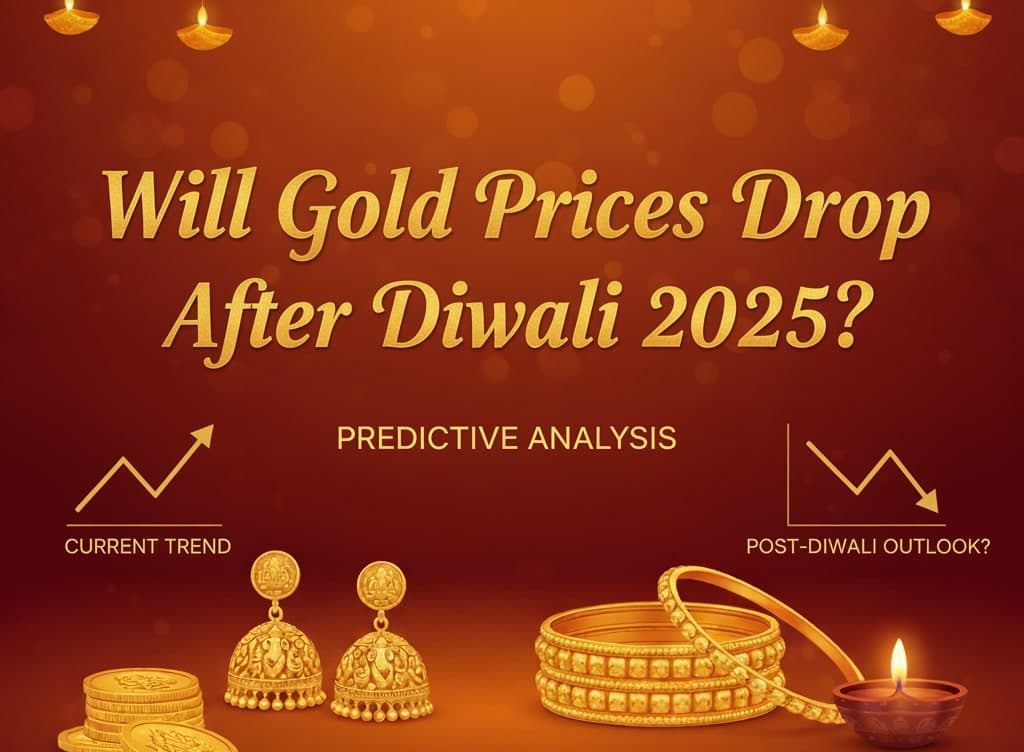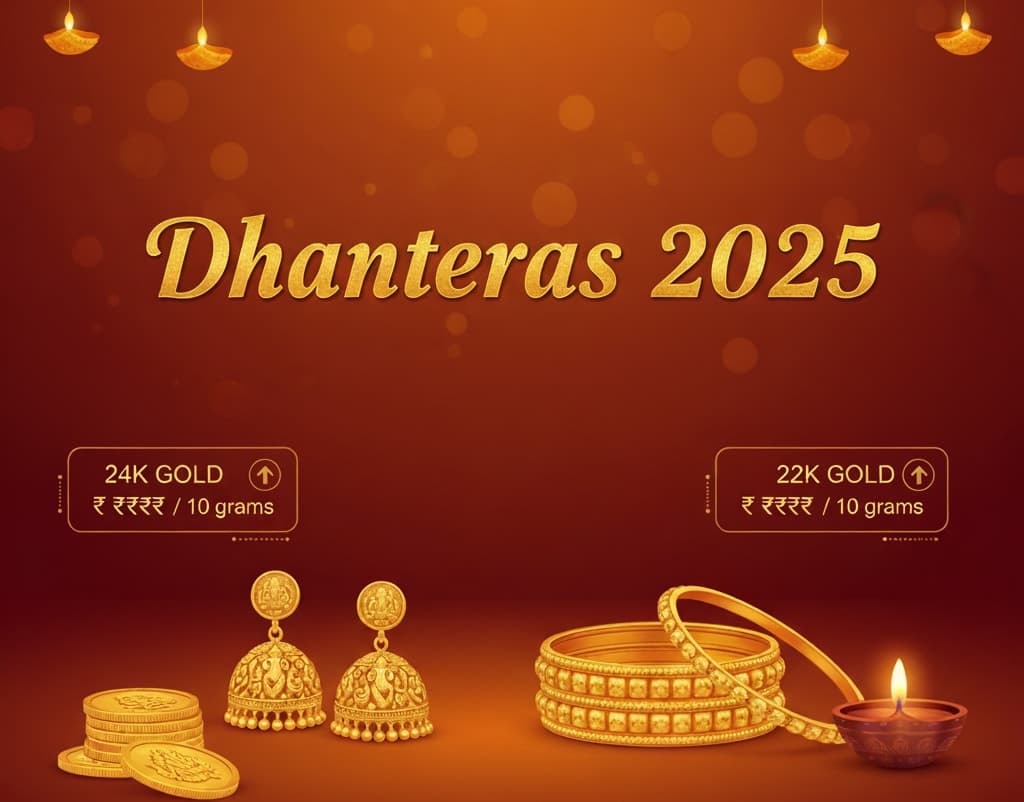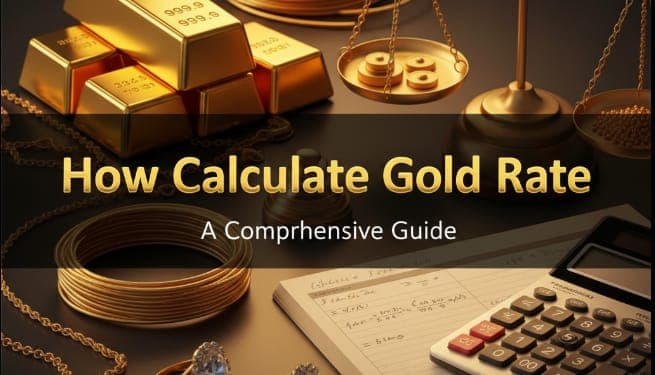Deciding the fate of old gold jewellery is a common situation for many households in Thrissur. Each option has its merits.
Selling: This is the best option if you need immediate cash and have no use for the jewellery. You can sell it to a jeweller or a pawn broker. Tip: Always get quotes from multiple reputable jewellers. They will weigh the jewellery, test its purity, and offer a price based on the day's gold rate, minus a small deduction for refining or wastage (typically 2-5%). Ensure you are getting a fair price close to the prevailing market rate for the gold content.
Exchanging: Most jewellers offer an exchange program where you can give your old jewellery and pay the making charges on a new piece. This is an excellent option if you want to update your collection without a large cash outlay. The value of your old jewellery is calculated based on its pure gold content (after deducting for any stones or impurities) and is used as a discount against the purchase of new jewellery. You only pay the making charges and the value of any additional gold required for the new design.
Recycling (Melting and Remaking): This is a highly popular option in Thrissur. Instead of exchanging, you can give your old jewellery to a trusted jeweller to melt it down and create a completely new, custom-designed piece. You pay only the making charges for the new jewellery. The advantage here is that you retain the sentimental value of the original gold—it's the same metal transformed into a modern design you will actually wear. This is often more economical than a straight exchange and allows for greater customization.
The best choice depends on your goal. If you need cash, sell. If you want a new piece from the jeweller's existing collection, exchange. If you have a specific design in mind and value the sentiment, recycling is the perfect solution. For authoritative information on gold as a monetary asset, one can refer to external resources like the World Gold Council
, an international market development organisation for the gold industry.



